A Critical Review of Scientific Literature on Narghile (Shisha, Hookah, Waterpipe) from its Origins to Date
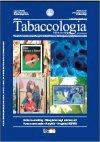
Published now in the prestigious international medical peer-reviewed journal Tabaccologia. The best comprehensive review ever carried on in this field.
With permission from author.
A critical review of scientific literature on narghile (Shisha, Hookah, Waterpipe) from its origins to date: the need for a comprehensive socio-anthropological, medical and pharmacological approach. Tabaccologia 2005; 1: 39-47.
The first issue of a unique Health Tetralogy on Hookah Smoking.
Download it now for free: Includes English abstract
Presentazione del narghilè e del suo uso. Guida critica della letteratura scientifica sul narghilè (shisha, hookah, waterpipe). Dalle origini ai giorni nostri : necessità di un approccio interdisciplinare socio-antropologico, medico e farmacologico
ENGLISH ABSTRACT
A first review of relevant medical and pharmacological studies was carried on by the author within the framework of a doctoral research encompassing all aspects - socio-anthropological, historical and tobaccological - of narghile (hookah, waterpipe) use. Further to the revival of its use in the Middle East in the 80s and 90s, the use of narghile has now become a globalised habit in the wake of which new studies appeared. However, in most cases, the corresponding results cannot be relevantly exploited because very often one cannot clarify if the committed volunteers were exclusive narghile smokers, ex-consumers of cigarettes having one day stopped smoking or yet having substituted for it the narghile practice. Indeed, as pointed out by several researchers in Turkey, narghile smokers, particularly those who are dependent, belong to this last category.
In addition, we note that, unfortunately, the very large majority of studies systematically gloss over important research works of sociological, ethnological and anthropological nature. Most of the time, such a negative attitude leads to ill-considered and even wrong or absurd interpretations. Notwithstanding, the mentioned disciplines, by embracing the vast field of knowledge, practices and human representations, form, in this very case, an essential and heuristic tool allowing the approach of an object and a practice both known as highly "exotic" and complex. CONCLUSION: in our opinion, it is now necessary to study the effects of narghile on exclusive smokers, not having indulged during their past career neither in the use of cigarettes nor in any other form of tobacco (cigar, pipe, bidi, etc.). Because of the tobaccological peculiarity of its mechanisms (nicotine, cotinine, aromas, important interaction with the socio-cultural context) and thanks to the diverse points of view it offers to the researcher, narghile undoubtedly can help improve our understanding of cigarette dependence. This critical review aims at being a modest contribution to such an objective.
KEYWORDS: narghile, hookah, waterpipe, shisha, hubble-bubble, tobacco, tobamel, tumbâk, jurâk, sociology, anthropology, socio-anthropology, ethnology.
STRUCTURE OF THIS 4-PART DOCUMENT: The whole review on hookah/narghile is presented through a general introduction followed by 3 main sections. The first one tackles the pharmacological aspects of hookah use. The second one embraces all observed pathologies related to the corresponding practice. Finally, the third and last section poses issues in connection with dependence, public health and prevention concerns.
YOU ARE NOT ON THE HOME PAGE of the OBSERVATORY on HOOKAH and HEALTH (Narghile, "Waterpipe", Shisha, Health, Risks, Dangers, Diseases, Tar, Nicotine, Cancer). Click here to go there !
RESUME EN FRANCAIS
Une première revue des études médicales et pharmacologiques avait été réalisée par l’auteur dans le cadre d’une thèse de doctorat portant sur tous les aspects - socio-anthropologique, historique et tabacologique – du narguilé. Suite au renouveau de son usage au Moyen-Orient dans les années 80 et 90, le narguilé s’est aussi littéralement mondialisé depuis quelques années. Aussi, de nouvelles études ont-elles vu le jour. Cependant, leurs résultats sont souvent inexploitables parce que la plupart d’entre elles ne précisent pas si les volontaires engagés étaient des fumeurs exclusifs de narguilé, d’ex-consommateurs de cigarettes ayant un jour cessé de fumer ou encore y ayant substitué la pratique du narguilé. En effet, comme l’ont fait remarquer plusieurs chercheurs en Turquie, les fumeurs de narguilé, particulièrement ceux qui sont dépendants, appartiennent à cette dernière catégorie.
Par ailleurs, il est regrettable de constater que la très grande majorité des études ignorent systématiquement des recherches importantes de nature sociologique, ethnologique et anthropologique. Une telle attitude conduit, la plupart du temps, à des interprétations hâtives voire erronées et absurdes. Or, les disciplines en question, par leur ouverture sur tout le champ de la connaissance, des pratiques et des représentations humaines, sont d’un apport heuristique indispensable pour approcher un objet et une pratique aussi « exotiques » que complexes. CONCLUSION: Il importe d’étudier les effets du narguilé sur des fumeurs exclusifs de narguilé, sans passé aucun de consommation de cigarettes ou de toute autre forme de tabac (cigare, pipe, bidi, etc.). En raison de la singularité tabacologique de ses mécanismes (nicotine, cotinine, arômes, interaction importante avec le contexte socioculturel) mais aussi des points de vue très divers qu’il offre au chercheur, le narguilé peut avant tout aider à faire évoluer la compréhension du phénomène de dépendance à la cigarette. Cette revue critique se veut une modeste contribution à un tel objectif.
MOTS-CLES: narguilé, narghilé, pipe à eau, waterpipe, hookah, shisha, hubble-bubble, tabac, tabamel, tumbâk, jurâk, sociologie, anthropologie, socio-anthropologie, ethnologie.
STRUCTURE DE CE DOCUMENT EN 4 VOLETS : L’ensemble de cette revue comporte une introduction générale suivie de 3 parties. La première aborde les aspects pharmacologiques du narguilé. La seconde traite des pathologies associées à son usage. Enfin, la troisième et dernière pose les questions relatives à la dépendance, la santé publique et la prévention.
YOU ARE NOT ON THE HOME PAGE of the OBSERVATORY on HOOKAH and HEALTH (Narghile, "Waterpipe", Shisha, Health, Risks, Dangers, Diseases, Tar, Nicotine, Cancer). Click here to go there !
Riassunto
Una prima rassegna di studi medici e farmacologici era stata realizzata dall’autore nell’ambito di una tesi di dottorato centrata su tutti gli aspetti del narghilè (socio-antropologico, storico e tabaccologico). In seguito al suo ritorno in voga negli anni ’80 e ’90 in Medio Oriente, il narghilè si è diffuso da qualche anno a livello mondiale. Così, nuovi studi hanno visto la luce. I risultati di questi studi sono tuttavia spesso inutilizzabili perché la maggior parte di essi non precisa se i volontari erano esclusivamente fumatori di narghilè, ex fumatori di sigarette che hanno smesso di fumare o che si sono convertiti al narghilè. Infatti, come hanno notato parecchi ricercatori in Turchia, i fumatori di narghilè – e in particolar modo coloro che ne sono dipendenti – appartengono a quest’ultima categoria. È spiacevole invece costatare che la maggior parte degli studi ignora sistematicamente alcune importanti ricerche di natura sociologica, etnologica e antropologica. Questo atteggiamento porta il più delle volte a interpretazioni frettolose, e di conseguenza, sbagliate ed assurde. Le discipline citate, grazie alla loro apertura verso il sapere, gli usi e le rappresentazioni umane, costituiscono invece un apporto euristico indispensabile per conoscere un oggetto e una prassi tanto “esotici” quanto complessi. In conclusione è importante studiare gli effetti del narghilè su fumatori esclusivi, i quali in passato non abbiano fatto uso di sigarette o di qualsiasi altra forma di tabacco (sigaro, pipa, bidi …). Vista la singolarità tabaccologica dei suoi meccanismi (nicotina, cotinina, aromi, interazione con il contesto socio-culturale), ma anche i diversi punti di vista che offre al ricercatore, il narghilè può essere utile nel far progredire la comprensione del fenomeno della dipendenza dalla sigaretta. Questa guida critica vuole essere un modesto contributo a tale obiettivo.
PAROLE CHIAVE : narghilè, pipa ad acqua, hookah, shisha, hubble-bubble, tabacco, tabamel, tumbâk, jurâk, sociologia, antropologia, socio-antropologia, etnologia.
STRUTTURA DEL DOCUMENTO IN 4 PARTI : L’insieme di questa guida comporta un’introduzione generale seguita da 3 parti. La prima parte riguarda gli aspetti farmacologici del narghilè. La seconda tratta le patologie associate al suo uso. La terza ed ultima parte si interroga circa la dipendenza, la sanità pubblica e la prevenzione.
YOU ARE NOT ON THE HOME PAGE of the OBSERVATORY on HOOKAH and HEALTH (Narghile, "Waterpipe", Shisha, Health, Risks, Dangers, Diseases, Tar, Nicotine, Cancer). Click here to go there !
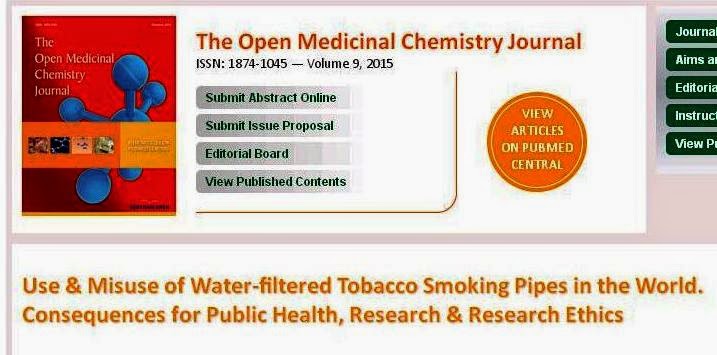

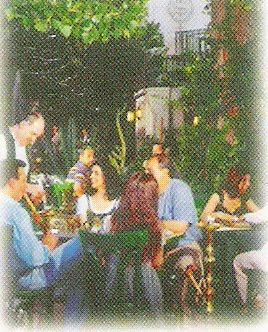

























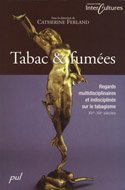
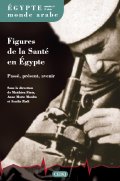








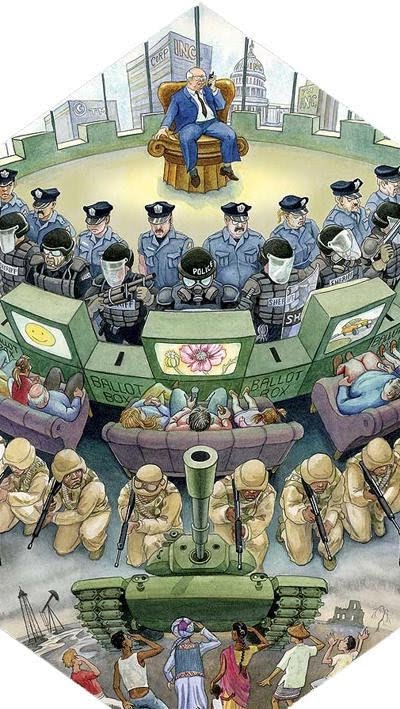
No comments:
Post a Comment